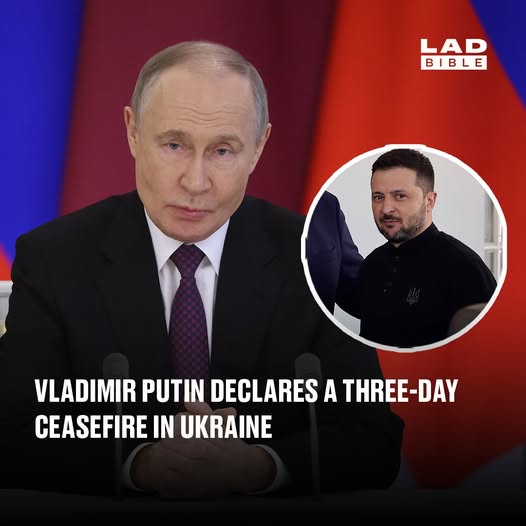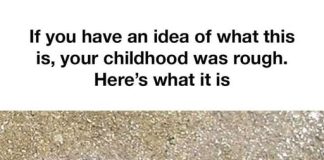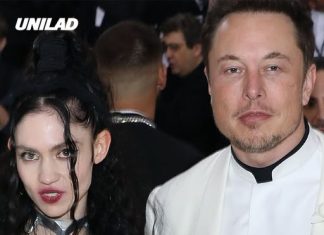In a surprising development, Russian President Vladimir Putin has announced a three-day ceasefire in Ukraine to coincide with the upcoming Victory Day celebrations. According to a statement from the Kremlin, the temporary ceasefire is planned to take place from 8 to 10 May. This period marks the 80th anniversary of Russia’s defeat of Nazi Germany during the Second World War—a significant and symbolic event for the nation. The ceasefire will commence at midnight local time on 8 May (21:00 GMT on 7 May) and will last until midnight on 11 May. The Kremlin has expressed hope that Ukraine will reciprocate the gesture but warned that any violations would meet with an “adequate and effective response” from Russian forces.
Expectations and Conditions Set by Russia
The Kremlin’s announcement emphasized that all military actions by the Russian Armed Forces would be suspended during this time. The official statement underlined the humanitarian motivation behind the ceasefire, tying it to the historical significance of Victory Day. However, Russia made it clear that if Ukrainian forces violate the ceasefire, its military would respond accordingly. In its statement, the Kremlin also reiterated its willingness to engage in peace negotiations without preconditions. It highlighted the desire for “constructive interaction” with international partners to address the underlying causes of the conflict in Ukraine. However, given the ongoing hostilities, it remains uncertain how effective these overtures will be.
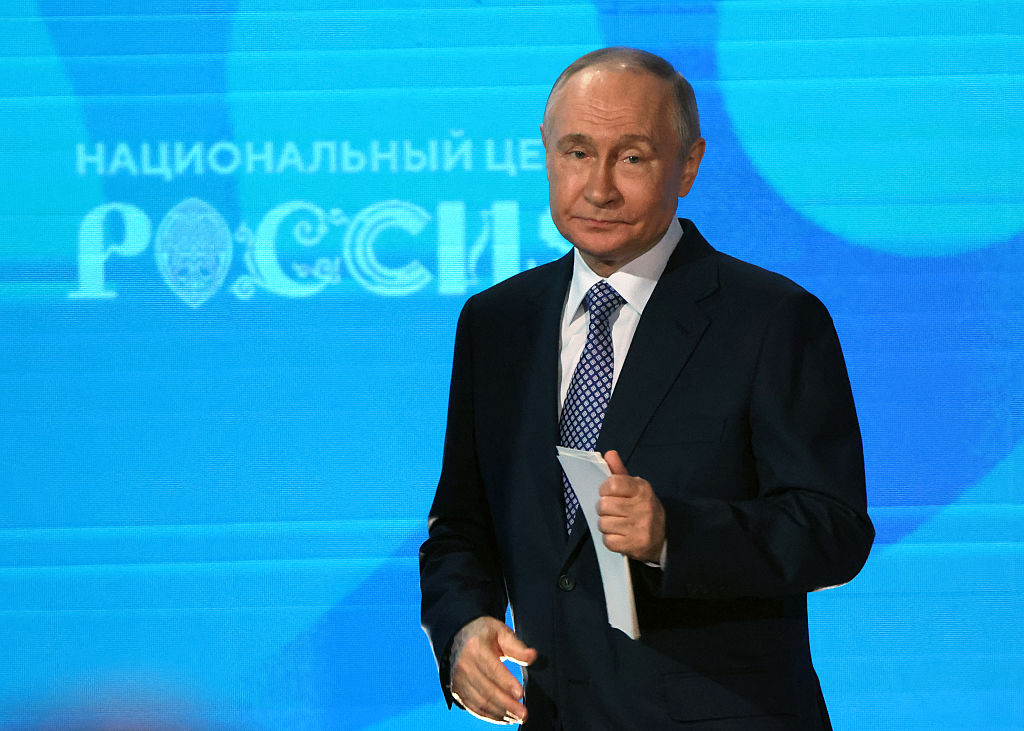
Ukraine’s Reaction Remains Unclear
As of now, there has been no official response from Ukraine regarding the proposed ceasefire. This silence adds to the uncertainty surrounding the truce, especially considering previous ceasefire attempts. Earlier this month, Putin declared a temporary ceasefire over the Easter weekend. However, Ukrainian President Volodymyr Zelenskyy accused Russian forces of committing over 2,000 violations during that period. Zelenskyy also called for an extension of the Easter ceasefire by 30 days, suggesting a deep mistrust toward Russian promises.
Given this history, skepticism abounds as to whether this newly proposed ceasefire will hold or if it will be marred by further accusations and breaches.
A Broader Context: The State of the War
Russia’s full-scale invasion of Ukraine, which began on 24 February 2022, has left a profound mark on both countries. It is estimated that Russia currently controls about 20% of Ukrainian territory. The conflict has resulted in hundreds of thousands of casualties, including both military personnel and civilians. International efforts to broker peace have been ongoing, with key diplomatic moves happening behind the scenes. Just recently, a senior U.S. diplomat described this week as a “very critical” phase in peace talks, with former President Donald Trump reportedly ramping up efforts to mediate a resolution to the conflict.
Adding to the complexity, North Korea recently confirmed that it had sent troops to Russia to assist in operations aimed at securing the Kursk border region. Such developments further complicate the broader geopolitical landscape surrounding the war.
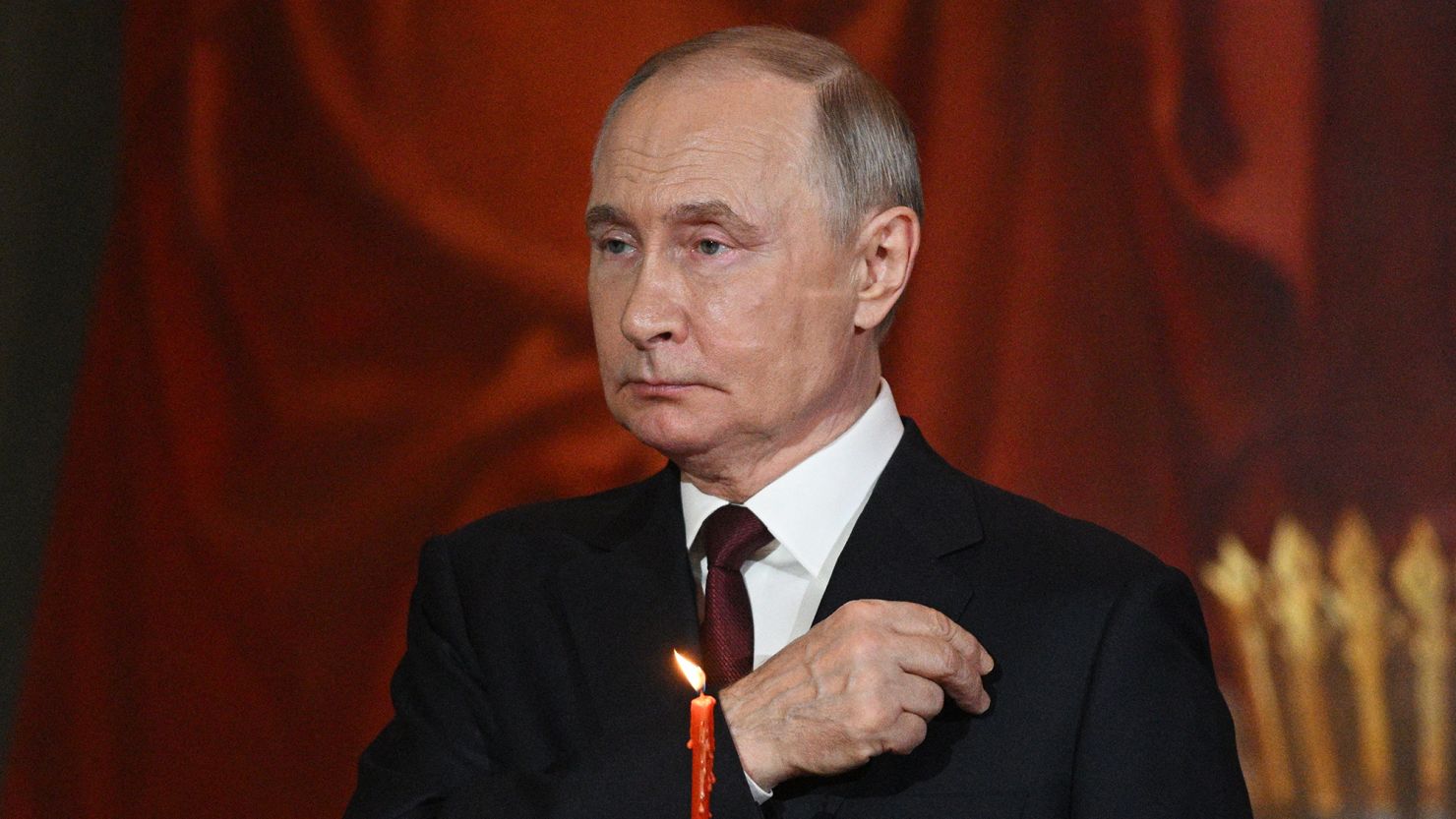
Conclusion: A Fragile Truce Amid Deep Divisions
While the announcement of a temporary ceasefire may appear as a glimmer of hope, the reality on the ground remains fragile. Deep mistrust, frequent violations of past truces, and the broader geopolitical tensions all cast doubt over the effectiveness of the ceasefire.
Whether Ukraine will agree to the proposal or whether the truce will hold remains to be seen. What is clear is that, despite gestures toward peace, the path to a lasting resolution in Ukraine is still fraught with challenges.

